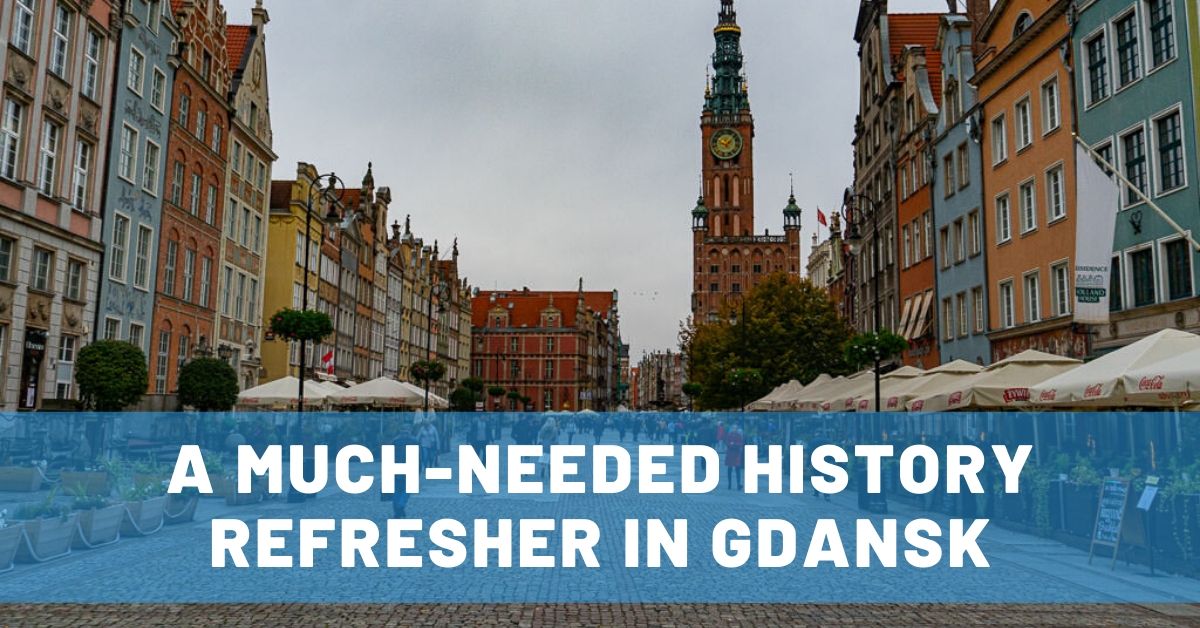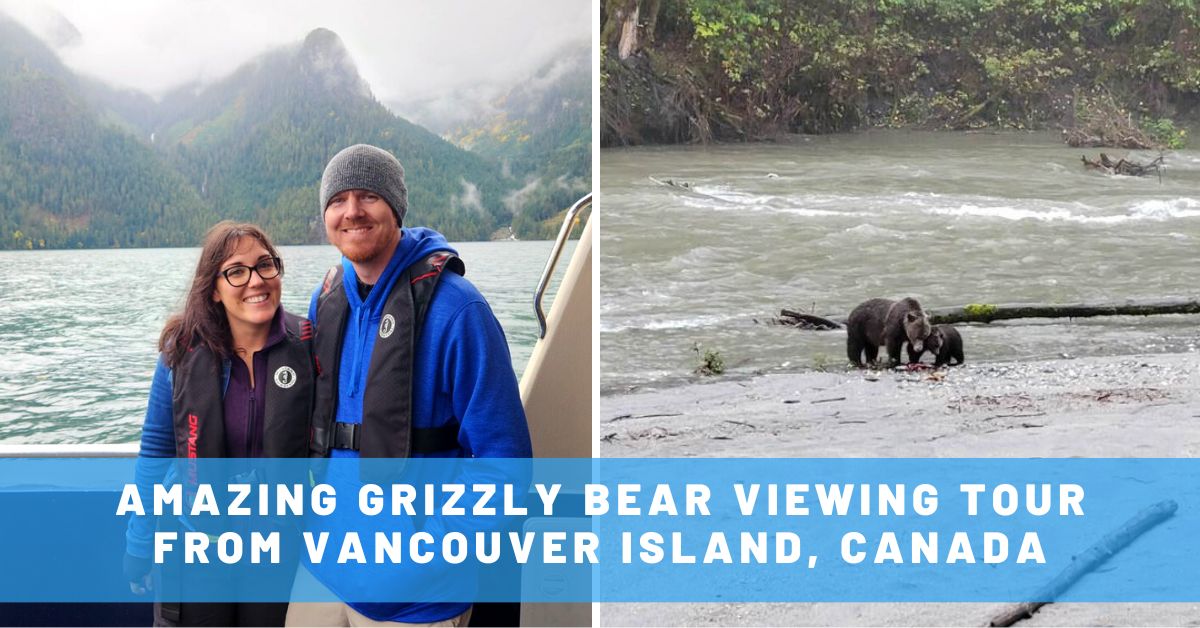Did you know that Gdansk, Poland, is where World War II began or that it was also the place the solidarity movement started, which led to the end of communism? Us either.
That's because we never took a strong interest in history as kids or as adults. Until recently. Our history refresher in a famous Gdansk museum couldn't have come at a better time. After exploring places like Romania, Hungary, and Slovakia, finding ourselves with an opportunity to learn more about what happened in World War II and the communist era while in Poland was perfect timing.
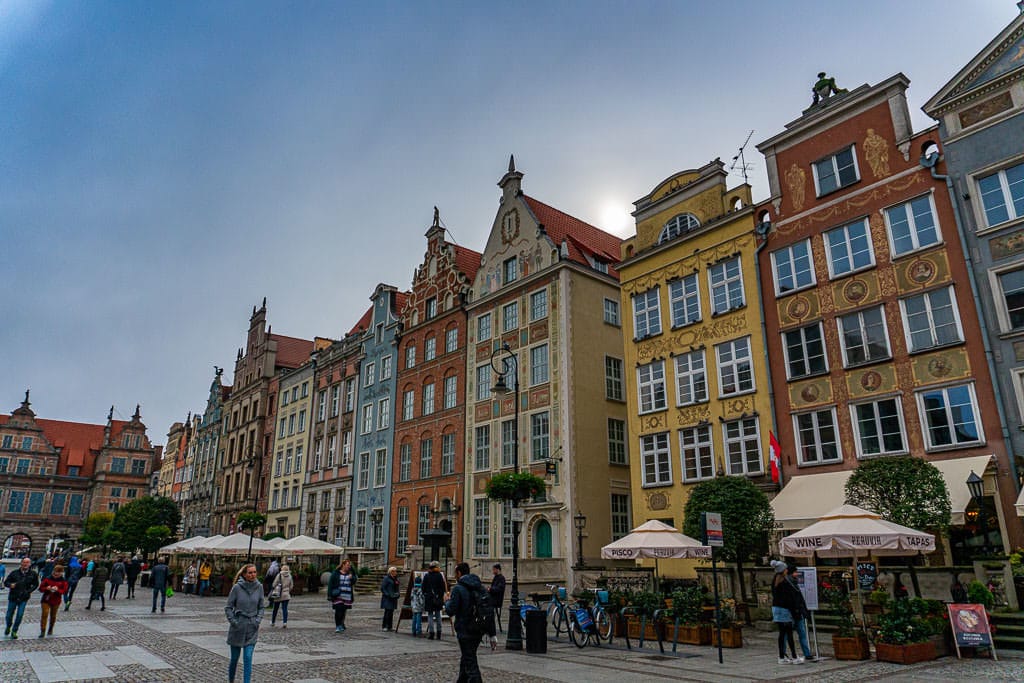
Although we went to many historically significant places in our first long-term trip to Europe, I must admit, our focus has always been more on seeking out pretty places than standing where influential events occurred. However, in Eastern Europe, the history is still so recent and raw because many places haven't completely recovered from the effects of WWII or communism.
There are too many reminders – like damaged buildings, monuments, and conversations with locals – to not want to learn more. Luckily, Gdansk provided that opportunity, as well as a more light-hearted chance to stroll through a beautiful city.
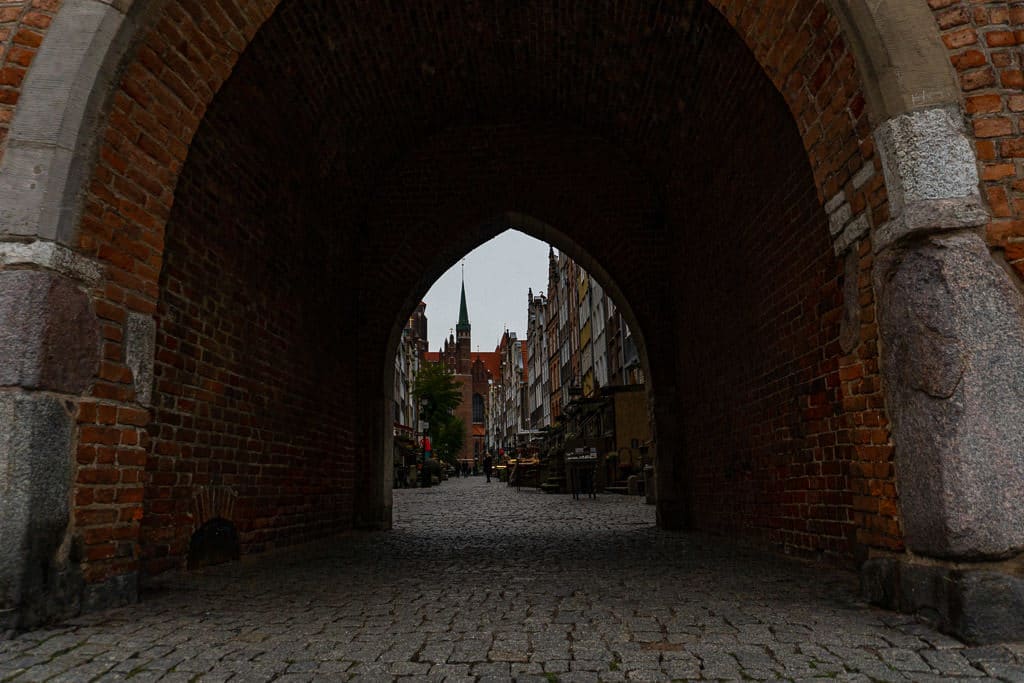
Intro to Gdansk, Poland
As we often do, we reached out to the Gdansk tourism office for recommendations for our visit. Lucky for us, a member of their team was kind enough to offer to show us around on our own private walking tour to help us get a better understanding of the city for our article. Michał of Visit Gdansk met us the first morning of our visit at the iconic Neptune's Fountain, with a welcome bag filled with delicious chocolates and some cute mug souvenirs – so nice!
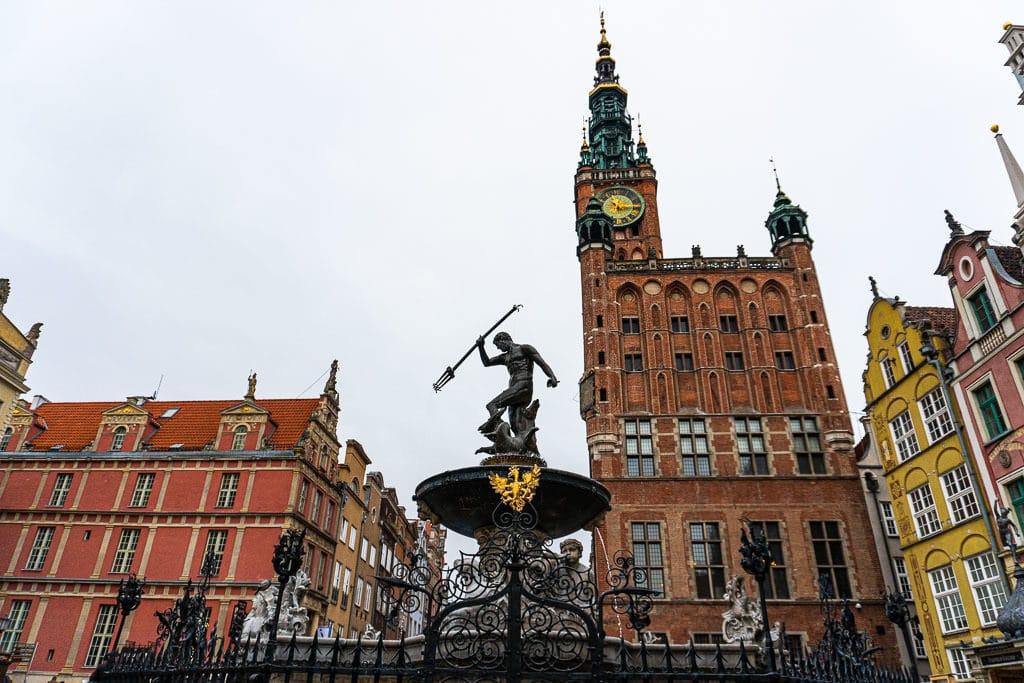
As we wandered through the city, along the Motława River, and past important landmarks, he pointed out features we would have totally missed, told us stories, and gave us dozens of helpful tips – one of which was that The Museum of the Second World War would be free that day (Tuesday), but more on that later.
Tour Highlights
An interesting thing he noted was that there are these wonderful, detailed bronze models in front of the most popular buildings for tourists to visit – this is so blind people can feel the model and still get an idea of what the place is like. We really loved that!
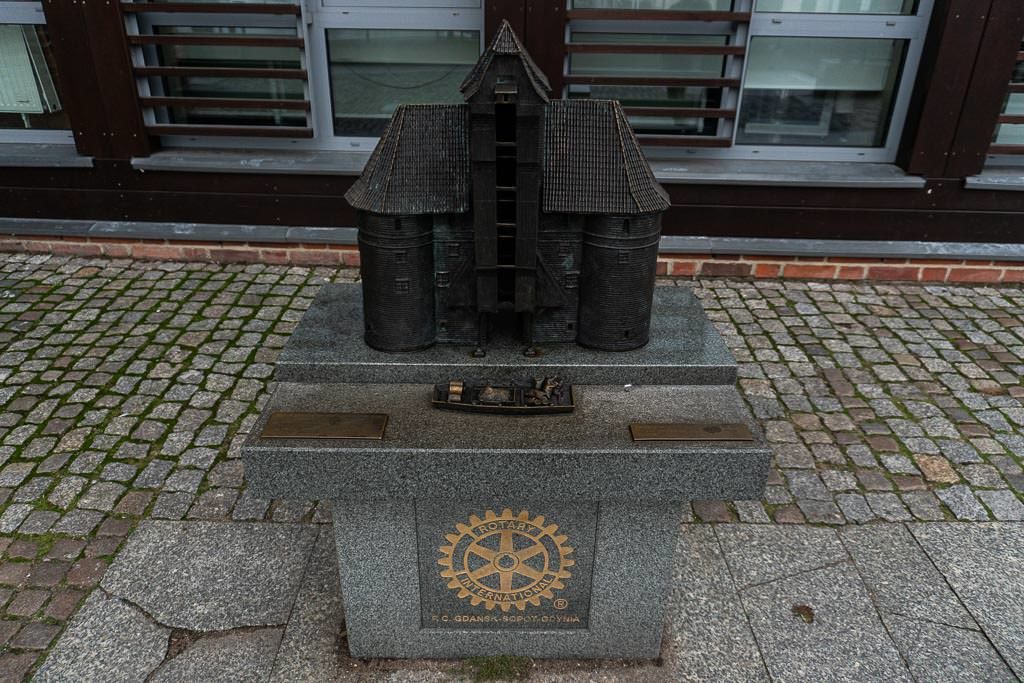
Michał also shared some of the city's history as an important port. As we walked along the waterfront, he pointed out the Harbor Crane with the large wheel inside – which was actually turned by people walking inside it. Never would have guessed that!
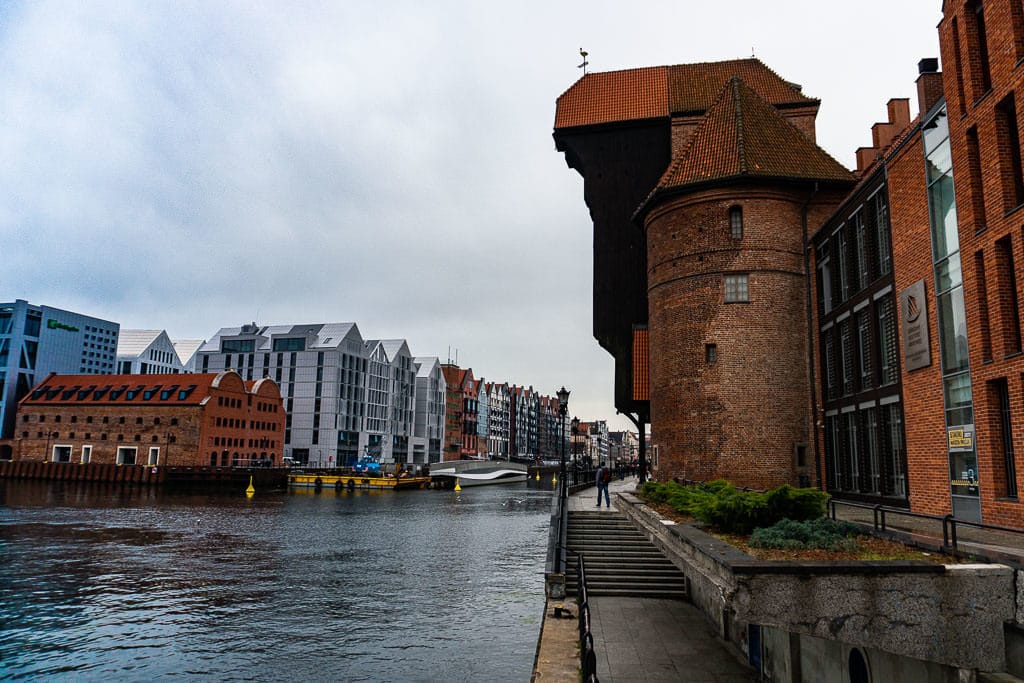
However, one of the can't-miss places is the images of Gdansk after World War II on Mariacka street. From here, you can look down the road in front of you and compare – especially with the Town Hall Tower as a reference.
Since a whopping 90% of Gdansk was destroyed, it is amazing to see how much work went into restoring the city as it once was. They went to great lengths to try to replicate its original look. While this main strip looks pristine, there is still restoration going on in other areas of the city.
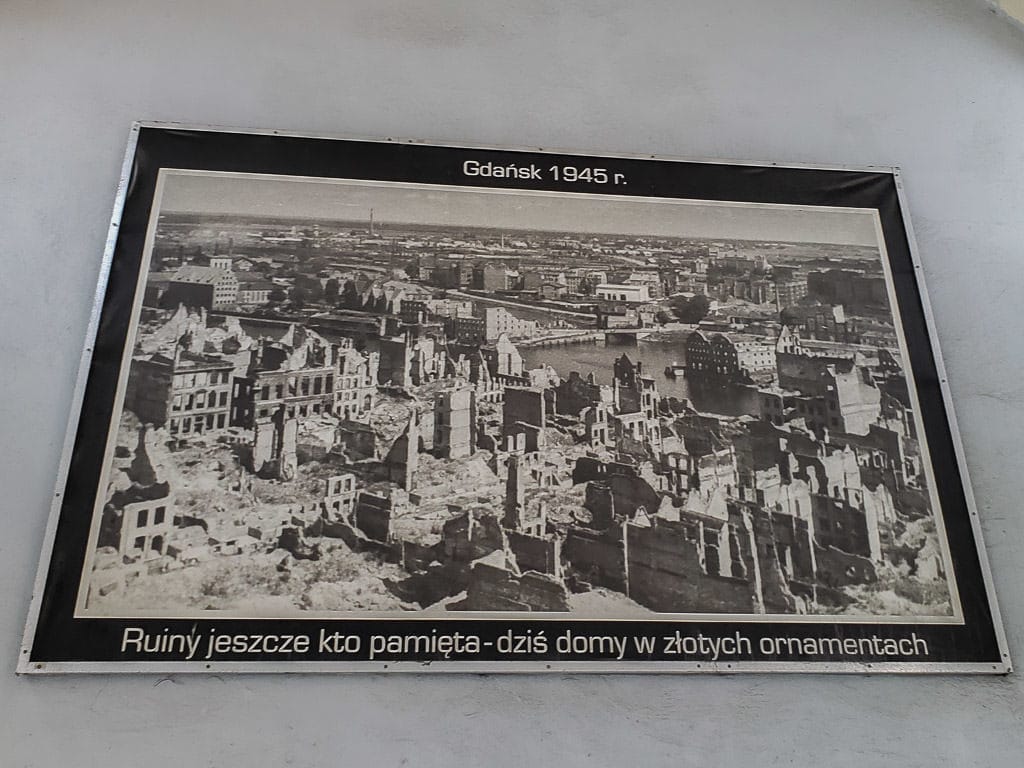
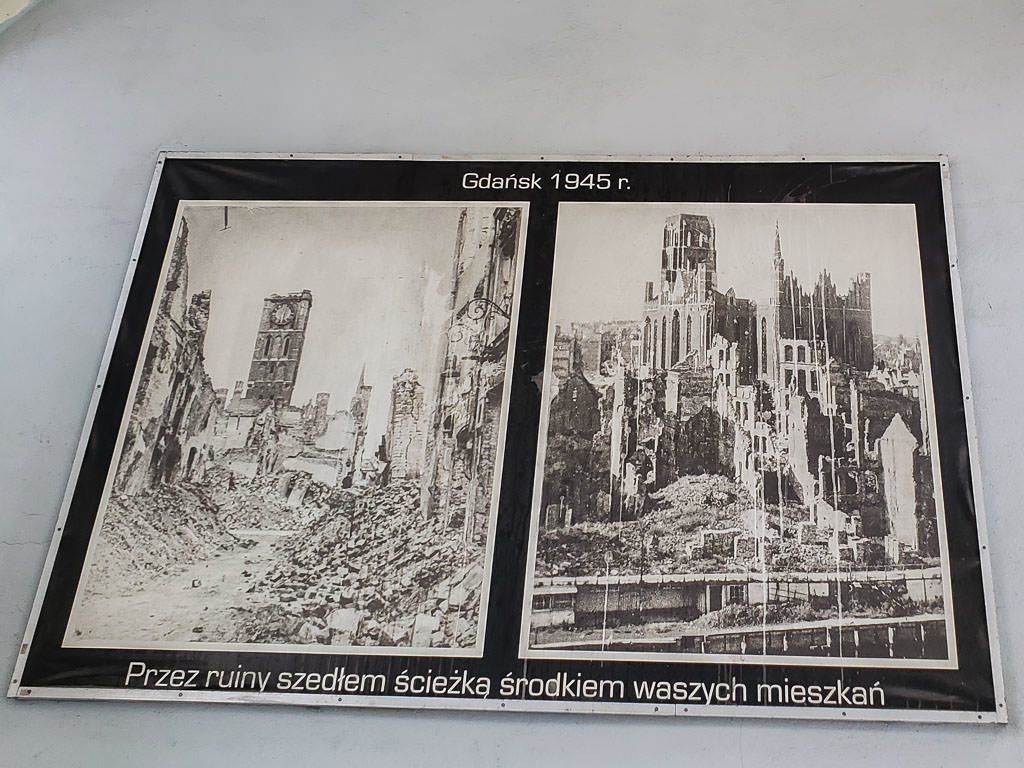
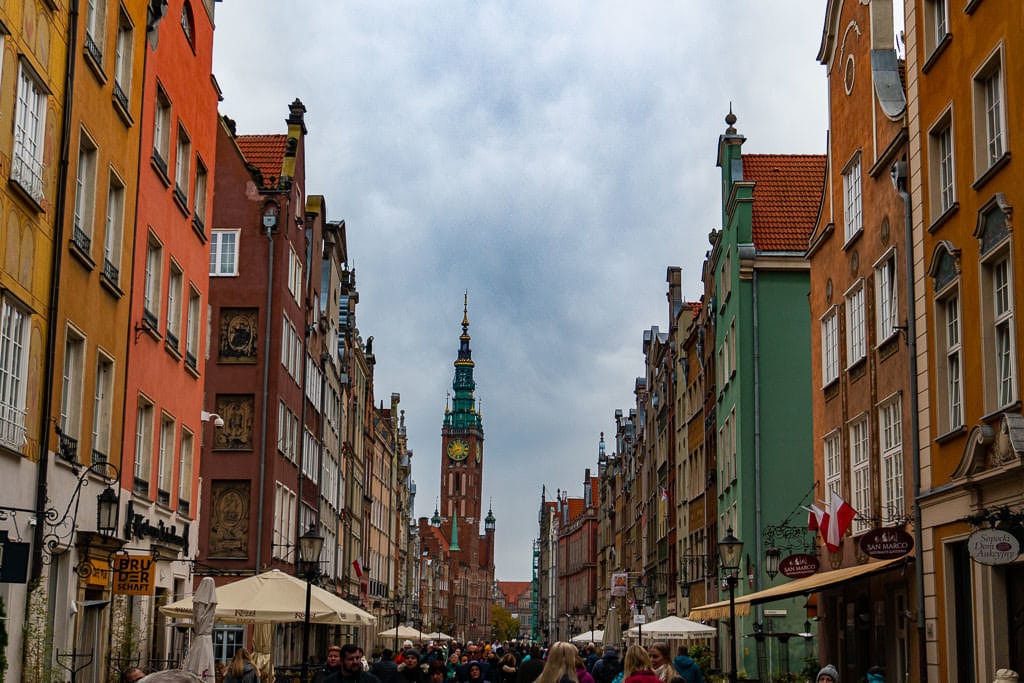
Expanding our Minds at the Enormous Gdansk Museum of the Second World War
As our tour came to an end, we were inspired to learn more and headed straight to The Museum of the Second World War. This Gdansk museum was the highlight of our visit. Although it put us in a somber mood, we are so thankful we took the time to explore more into the past.
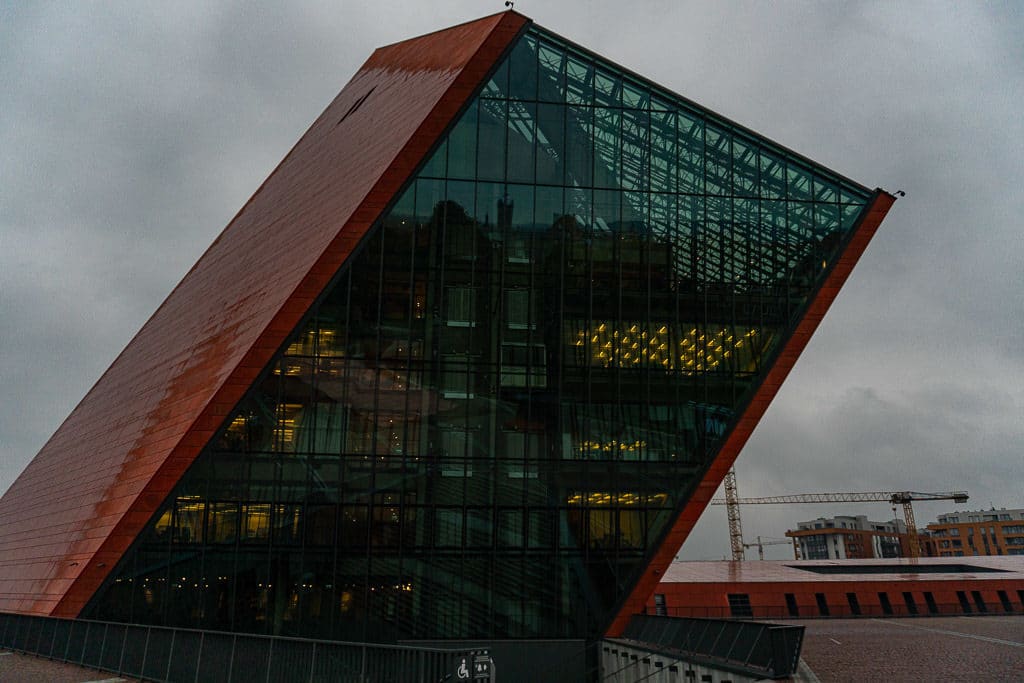
A synopsis of World War II in Poland
World War II began 80 years ago in 1939 when Germany attacked Poland after they resisted Hitler and his determination to take their land. Before the attack, Hitler is quoted as saying, “Inflict death on men, women and children of Polish origin without mercy.” (Such terrifying hatred).
While the Polish people fought bravely, they were not able to withstand the attack from the Nazis – especially once the Soviets joined in (a collusion no one expected). With Germany and Russia working together to take over the country, it wasn't long until they lost the fight.
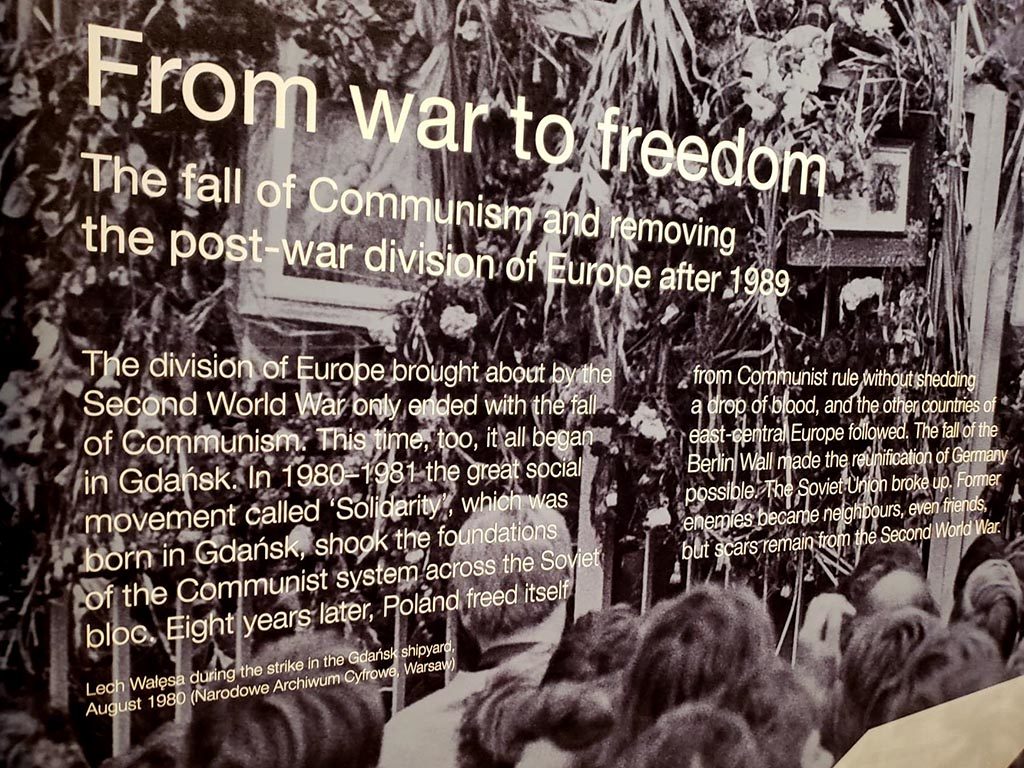
However, the Polish people continued to resist the occupation of the Nazis, followed by the Soviet Union's reign of terror under the ‘Iron Curtain' until they were finally liberated in the 1980s. As one of the placards noted, “For east-central Europe, the end of the war was the beginning of a new captivity.” Frustratingly, since Russia switched sides, they were never punished for their role in the war and the communist state went on to terrorize the countries it took control over.
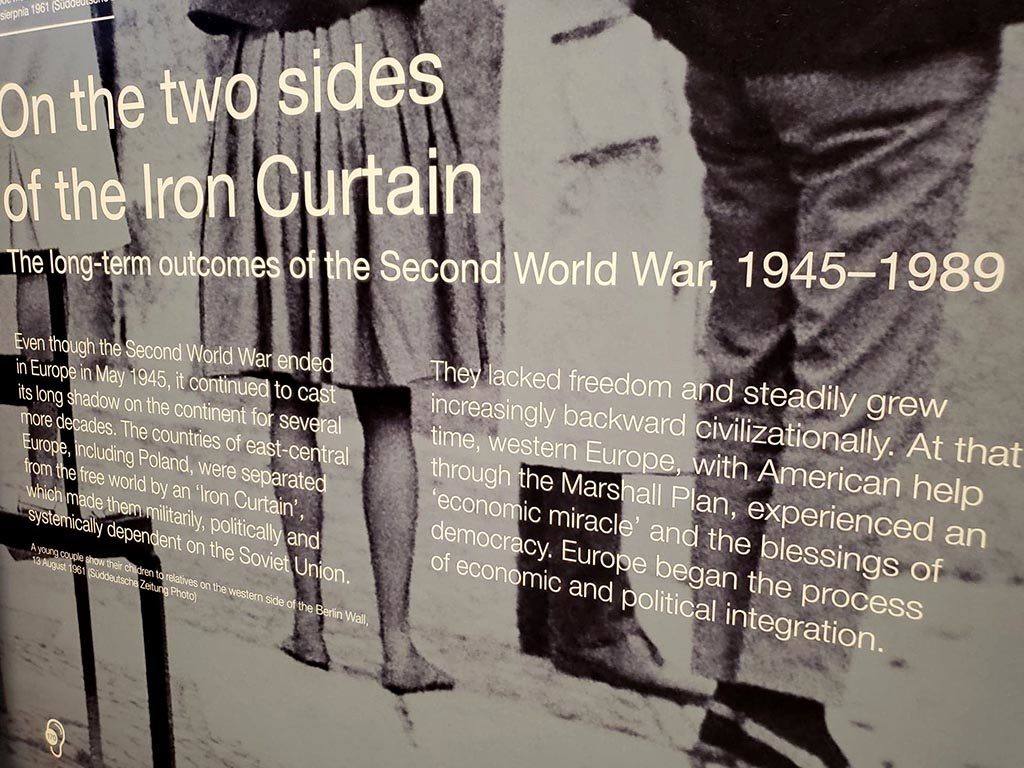
A New Perspective
Through all the heart-wrenching stories and infuriating facts we read, one thing stood out – the Polish people are warriors. The stories we read were those of bravery and resilience. Unlike many other countries who chose the path of least resistance, they refused to roll over. Why is this not a story that stood out in my memory of history class?
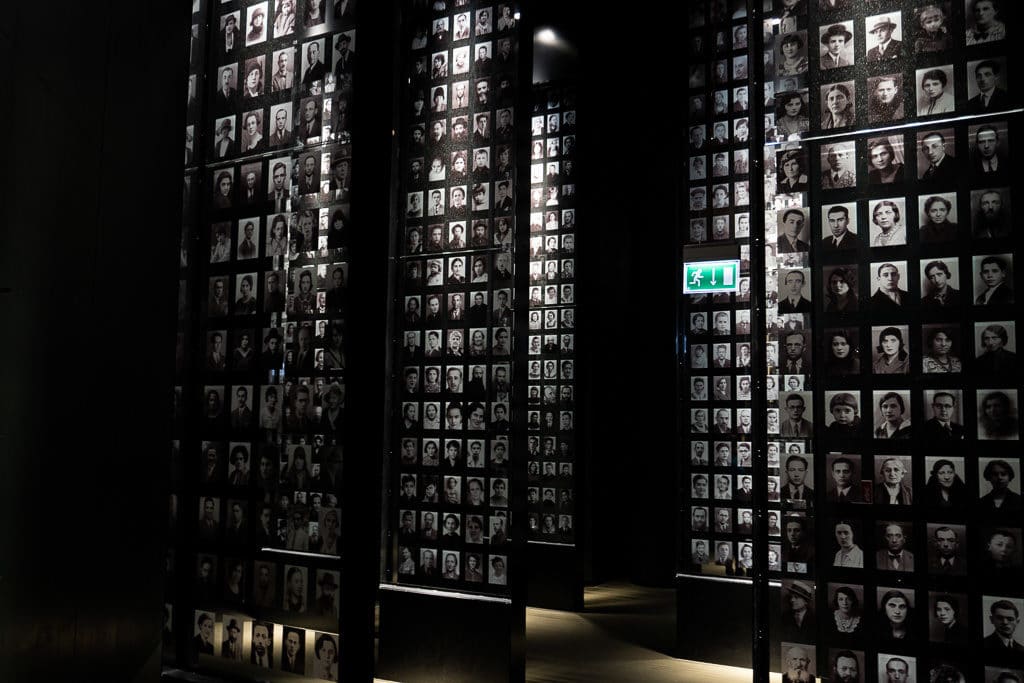
It is estimated that about five million Polish people were killed during the war. Learning about the tragedies Poland endured during the war and during communist rule made us realize just how small of a picture was painted for us when we learned about the events in school.
Perhaps we just forgot, but learning about this where it actually happened had a much more profound effect than in a classroom environment.
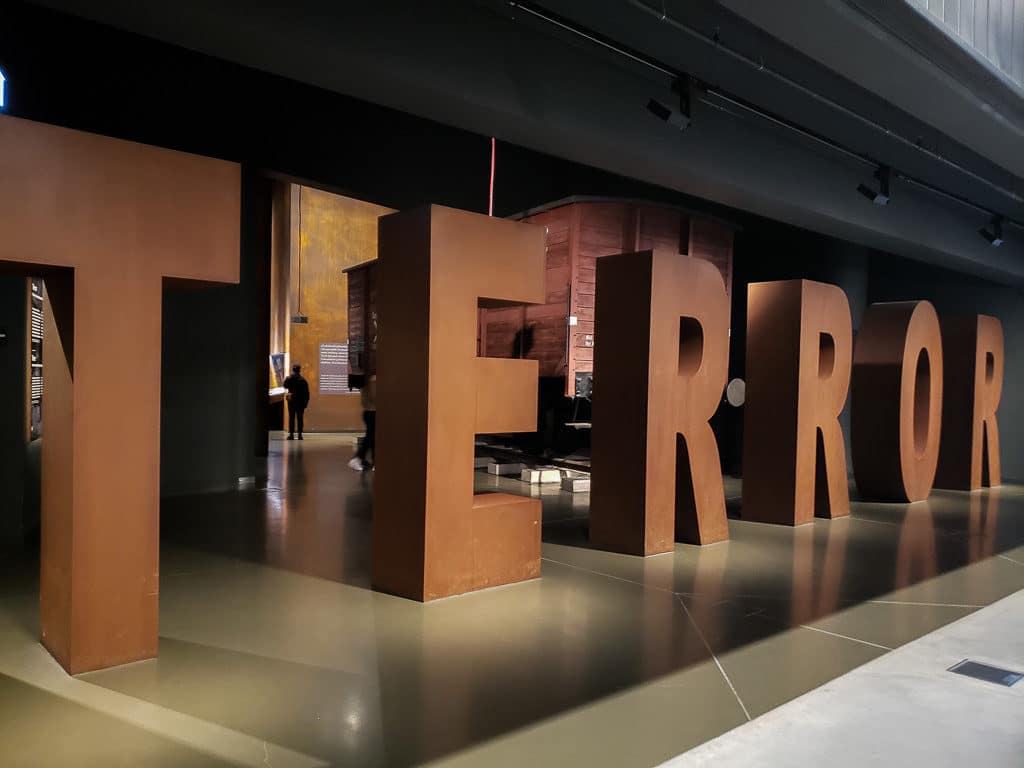
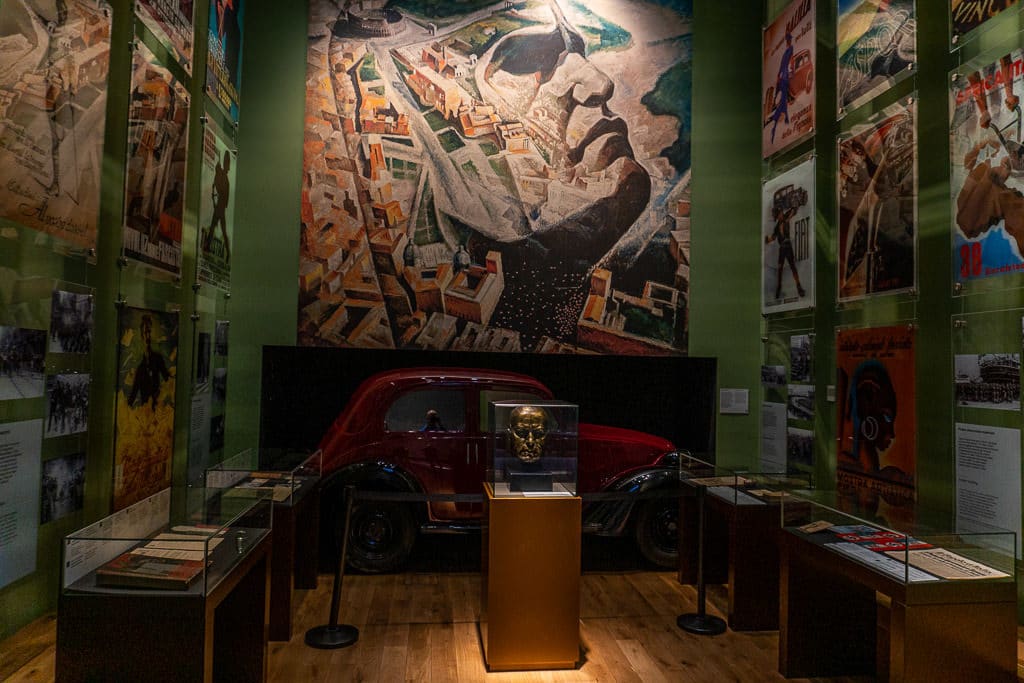
Through most of our three-hour visit, we walked together in silence. At points, there were tears in our eyes or anger in our hearts as we read hate-filled words and saw gut-wrenching photos. It wasn't fun. It wasn't pretty. But it was so very necessary.
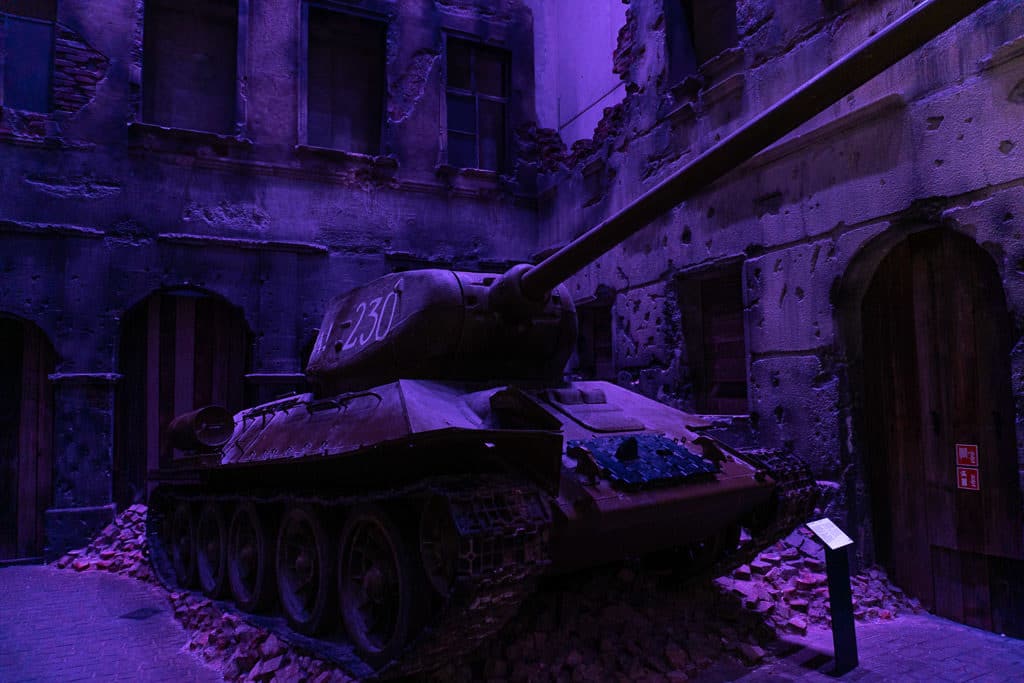
Necessary Reminder
Like many people, we like to live in a happy bubble and avoid the difficult conversations. Even now, I feel that the war is still a touchy subject because it will always be an emotionally charged topic – and rightfully so. However, passivity is what allows hatred to grow and we know we can't live with our heads in the sand.

The words we read are strangely similar to the hate-filled, better-than-thou language used by some leaders of the present day which was almost as jarring as the imagery of the museum. More people need to read that and know our past as well as the current reality, so they can make a choice to fight back. We are so thankful for the reminder and inspiration to stand up, like Poland did, and not let hatred win in this world.
Relaxing with Pierogis & Beer
Well, then. Even just retelling our experience drained me. And I'm sure if you've read this far, you need a hug as well.
Any kind of deep dive into the horrors of history – especially when you can relate so many quotes to recent events – is bound to exhaust you mentally and emotionally. Thankfully, Poland has these little pockets of goodness called pierogis that are pretty dang close to a hug.
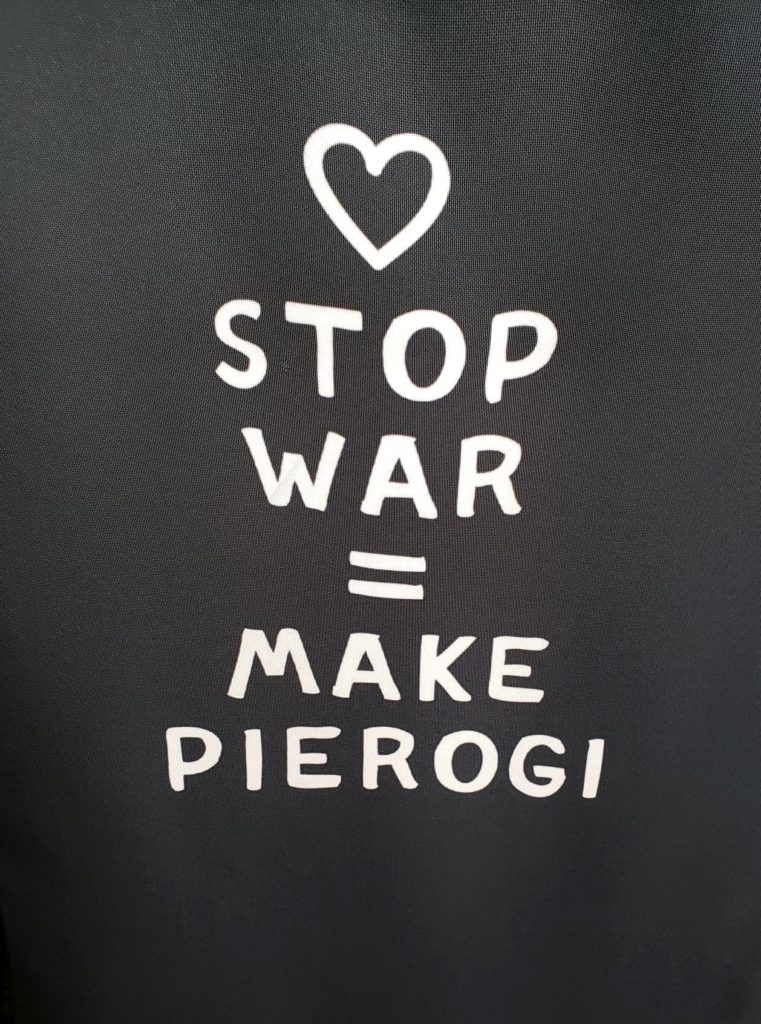
We ate at the delicious Pierogarnia Mandu Centrum because I was craving these delicious little dumplings. As we sat down, we were offered a hot, spiced lemonade to warm us up since it was a chilly day. Yes, please! It was as delightful as it sounds and will be a go-to for me this winter.
We also tried a beer that tasted exactly like the molasses cookies my mom's side of the family bakes for Christmastime. Insanely good!
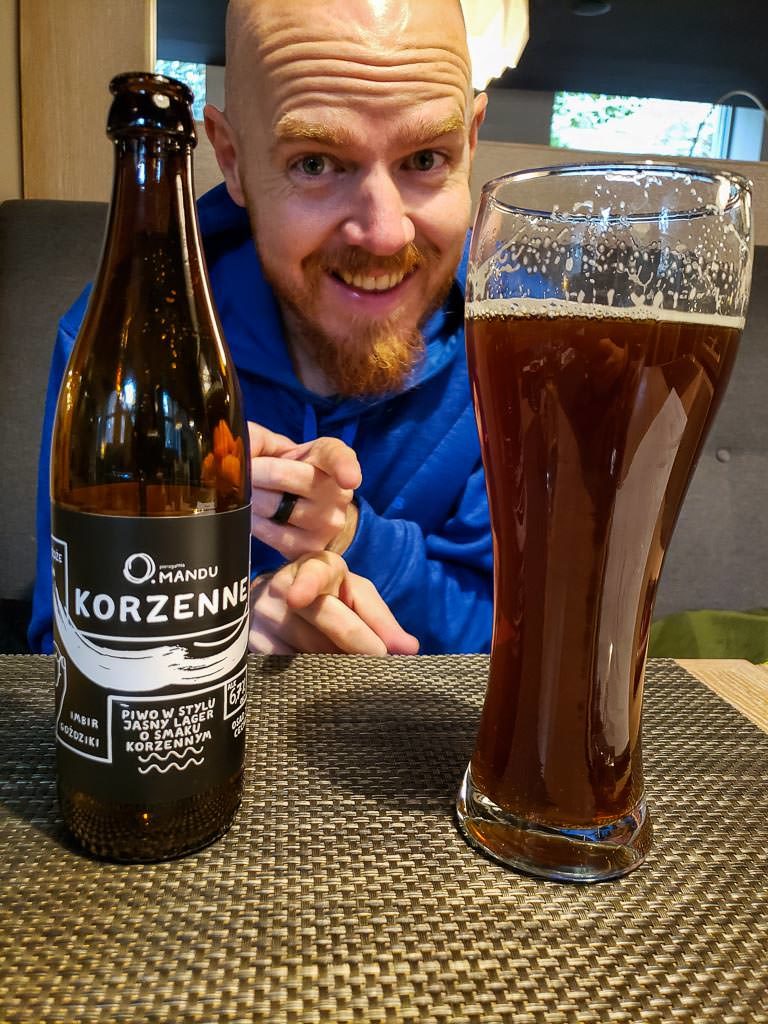
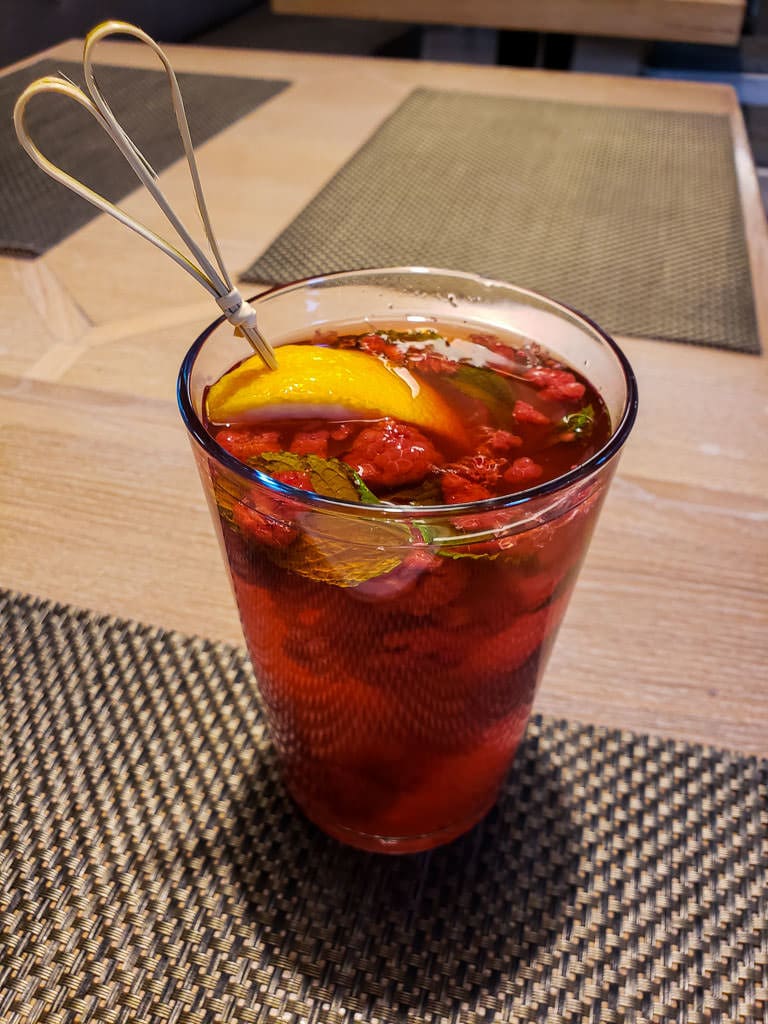
However, the real star was our meal. These soft, stuffed little pockets of flavor were so filling and perfect for a cold day. Buddy got the chicken option. And I opted for the seasonal pumpkin pierogis with caramelized onions, shredded carrots, and the olive pepper sauce on top. It was exactly what I was hoping for. It's also worth noting that this was A LOT of food. And definitely sharable!
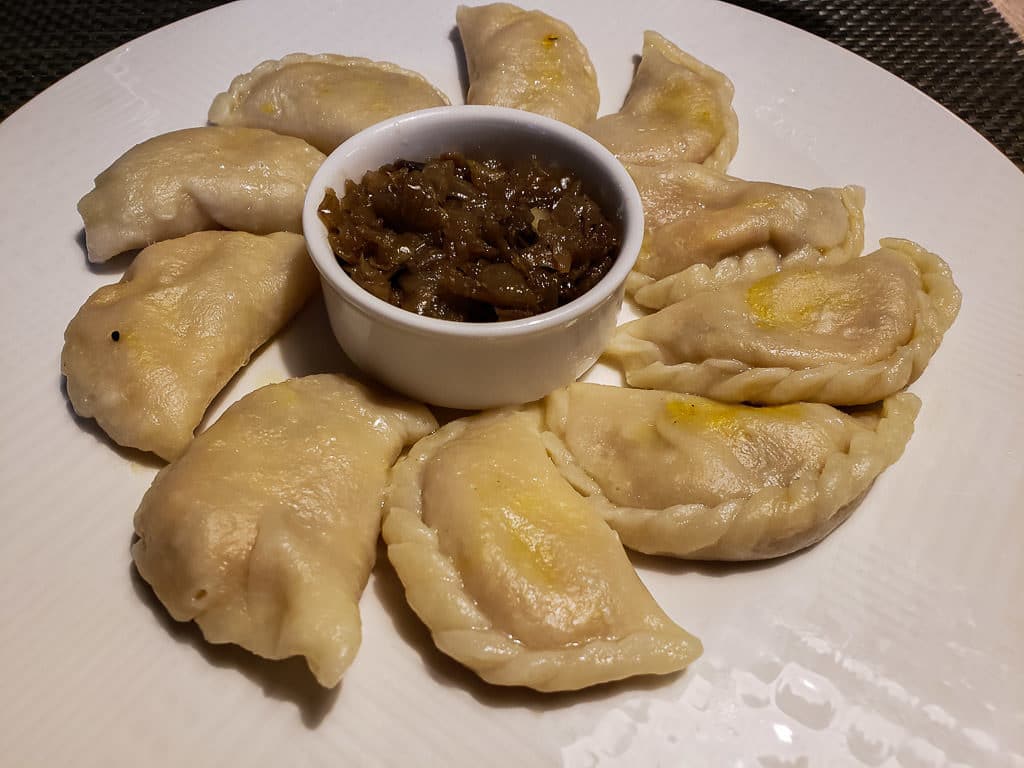
Of course, other local Polish delicacies can be found throughout the city as well. And, as we learned, there are plenty of great places to have a beer or two also!
What Else to See in Gdansk?
Unfortunately for us, our trip to Gdansk, Poland, was extremely short. But, we know we will be back one day.
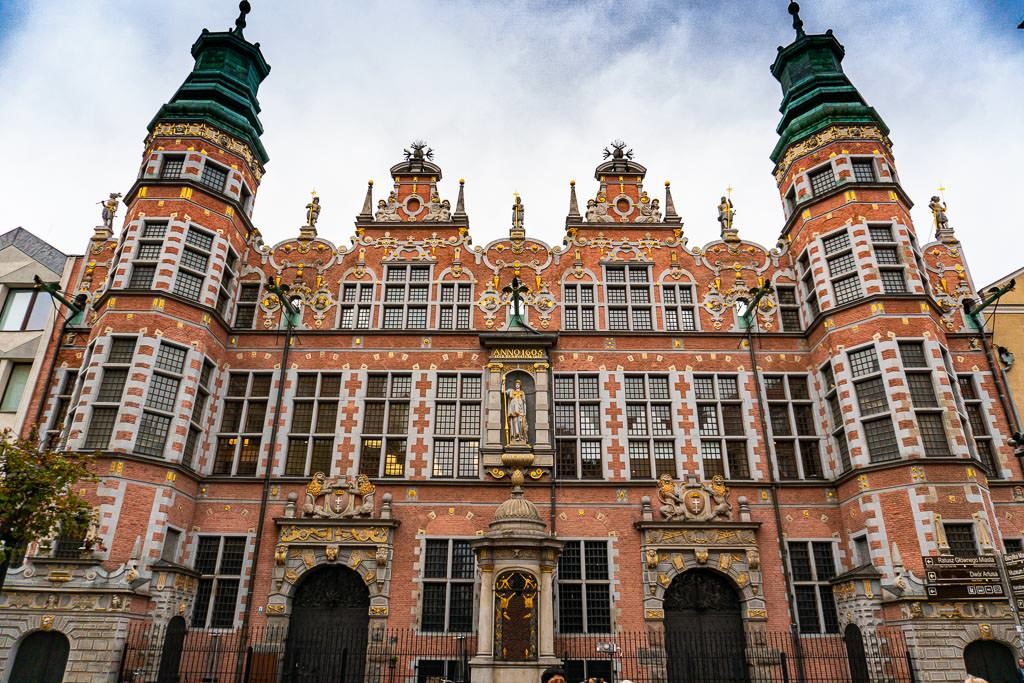
So, here's our list of must-sees/dos for our return trip to inspire your travels:
- Westerplatte peninsula where first WW II attack took place
- National Museum (free on Fridays)
- Solidarity Monument & Centre
- Take a day trip outside the city
- Sightseeing from the water on a pirate ship
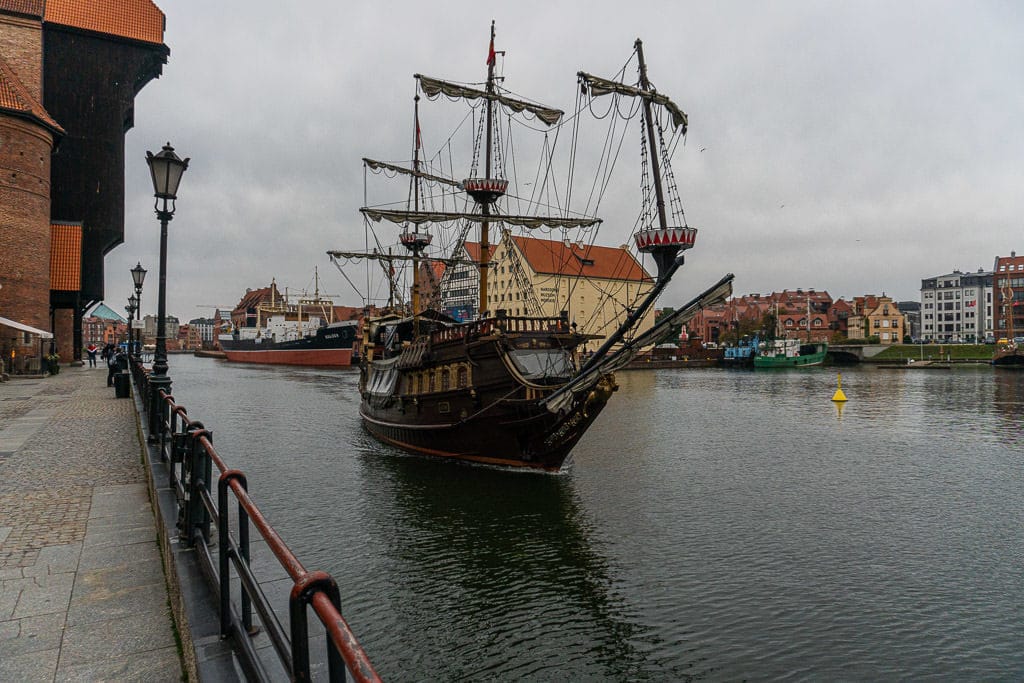
Also, if you are wondering where to stay in the city, there are plenty of options. We opted to stay at the Hampton by Hilton Gdansk Airport and took Uber in because we had a late flight in and early flight out. This worked just fine for us since using Uber ended up being reliable and inexpensive.
Have you ever been to Gdansk or elsewhere in Poland? We'd love to know your tips for when we return or your personal experiences exploring this historic place.

